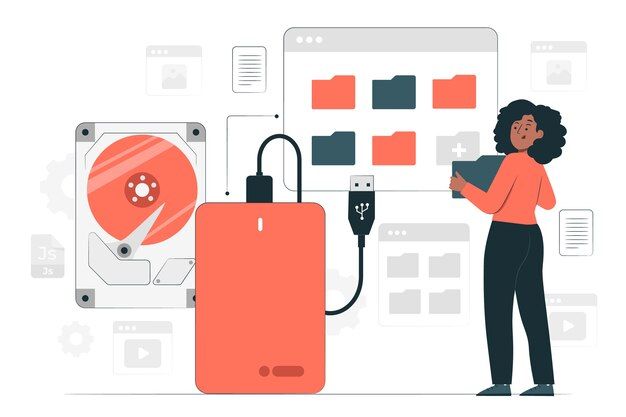Computer Organisation Architecture
Computer Organisation Architecture
Unit 1

Don't Care Conditions in K-Map
A Don't Care Condition occurs in situations where the output for certain input combinations is not required or doesn’t affect the overall function.
5 December 2024
Read more

Karnaugh Map (K-Map) in Digital Electronics
The Karnaugh Map (K-map) is a powerful tool for simplifying Boolean expressions, making it essential for digital logic design. By plotting truth table values
5 December 2024
Read more

Half, Full and Parallel adder in COA
half-adder is a basic digital circuit that adds two binary numbers. A full adder extends this concept to handle three inputs (A, B, and carry-in).
24 March 2024
Read more
Unit 2

Flip-Flops in Computer Organinsation
Flip-flops are digital circuits that store binary information. Flip Flops can change state based on input signals, representing 0 or 1.
24 March 2024
Read more

Encoders and Decoders in Computer Organization
Encoders convert multiple input signals into a binary code, while decoders select one output line from multiple possibilities based on a binary code.
24 March 2024
Read more

Multiplexers and Demultiplexers in CSA
Multiplexers and demultiplexers are two essential components of combinational circuits, each serving a distinct purpose in data routing and control.
24 March 2024
Read more
Unit 3

Instruction Codes and Instruction Cycle in Computer Organization
Instruction codes, like binary patterns, specify CPU operations. The instruction cycle—fetching, decoding, executing, and storing ensures systematic processing.
24 March 2024
Read more

Stack Organization in Computer Organization
Stack organization is a critical aspect of computer system architecture, and it plays a fundamental role in managing the execution of programs and handling function calls.
24 March 2024
Read more

General Register Organization in Computer Organization
In computer organization, general register organization plays a crucial role in facilitating efficient data storage, retrieval, and manipulation within the (CPU).
24 March 2024
Read more
Unit 4

Input Output Organization in Computer Organization
The input-output (I/O) organization is an important computer component that manages data transfer between the computer's central processing unit (CPU)
24 March 2024
Read more

Memory Organization in Computer Organisation
Memory organization includes various types of memory such as Main Memory Auxiliary Memory Associative Memory Cache Memory Virtual Memory
24 March 2024
Read more